Russia Is Firing North Korean Ballistic Missiles At Ukraine
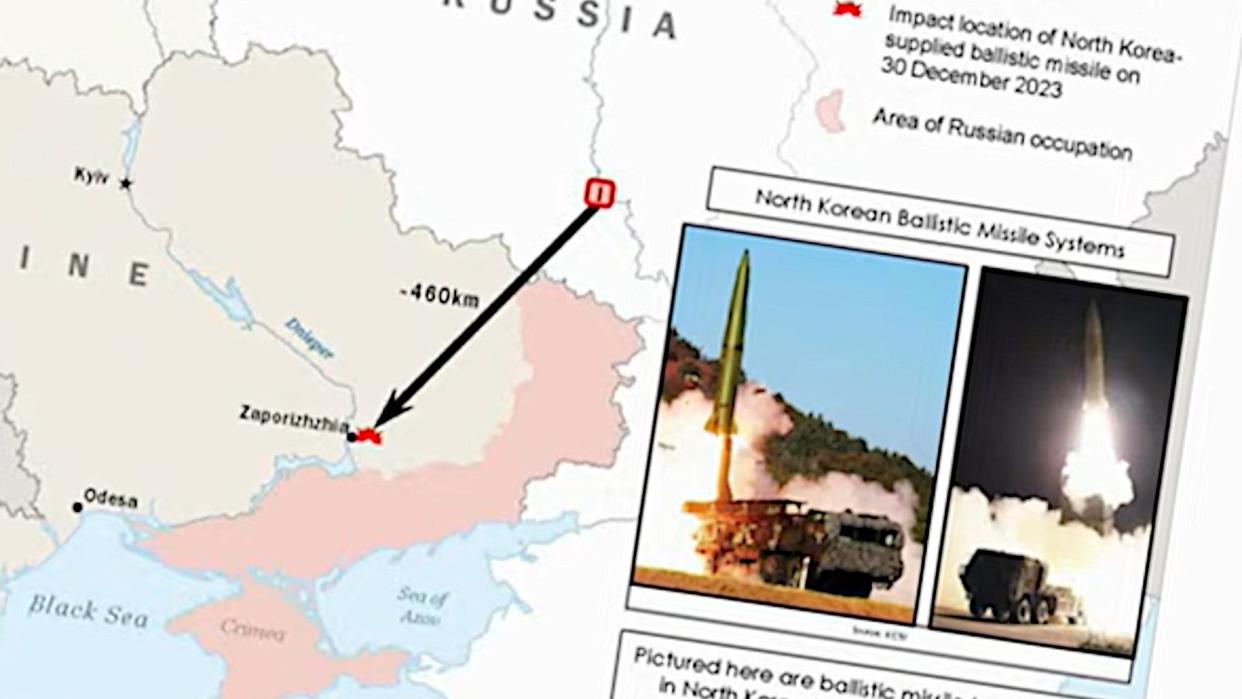
The U.S. government says that Russian forces are now firing North Korean-made short-range ballistic missiles at targets in Ukraine. The War Zone has highlighted in the past how Russia could rapidly bolster its arsenal of ballistic missiles, which present particular challenges to intercept, by acquiring examples from foreign sources like Iran.
John Kirby, the top spokesperson for the White House's National Security Council (NSC), provided details about U.S. intelligence on Russia's recent use of North Korean ballistic missiles at a press conference earlier today.
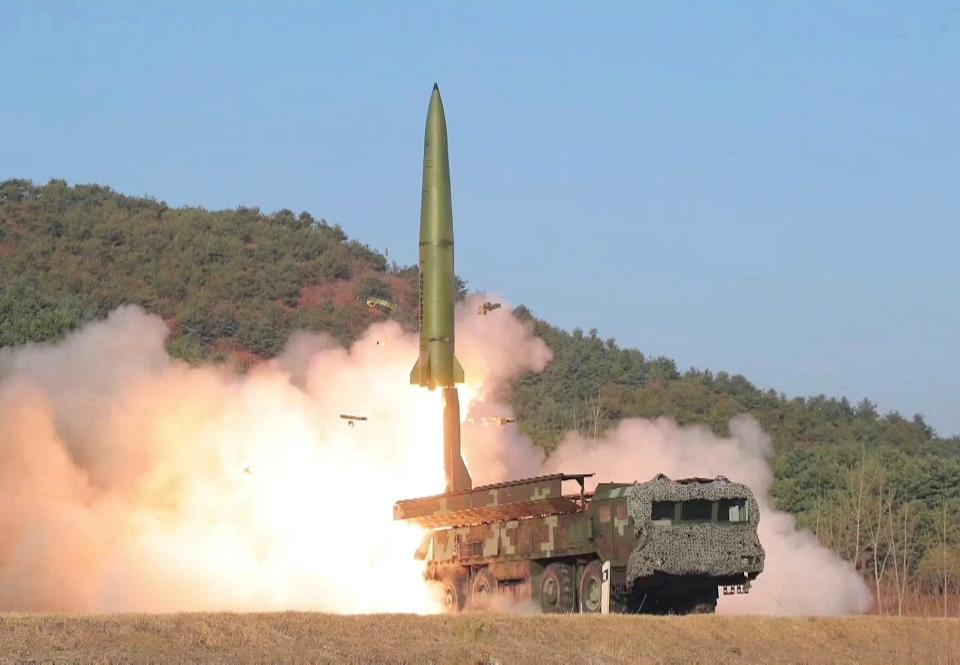
"Information indicates that the Democratic People's Republic of Korea [the official title of North Korea] recently provided Russia with ballistic missile launchers and several ballistic missiles," Kirby said. He added that this has been a transaction in kind, with North Korea receiving (or expected to receive) fighters, surface-to-air missiles, armored vehicles, and other materiel and technology transfers (including support for North Korea's domestic ballistic missile production) in return. Evidence separately emerged last year that North Korea is creating an airborne early warning and control aircraft, which could involve help from Russia. There have also been reports in the past year that North Korean satellite launches have benefited from Russian assistance.
This is not the first example of Russia acquiring North Korean weapons and other materiel. The North Koreans have previously emerged as a particularly important source of artillery ammunition for Russian forces.
"On the 30th of December 2023, Russian forces launched at least one of these North Korean ballistic missiles into Ukraine. This missile appears to have landed in an open field in the Zaporizhzhia region [in southeastern Ukraine]," according to Kirby. "On January 2, Russia launched multiple North Korean ballistic missiles into Ukraine, including as part of this overnight aerial attack. We're still assessing the impacts of these additional missiles."
Kirby showed a graphic at the press conference, seen below, providing additional details about Russia's use of North Korean ballistic missiles.
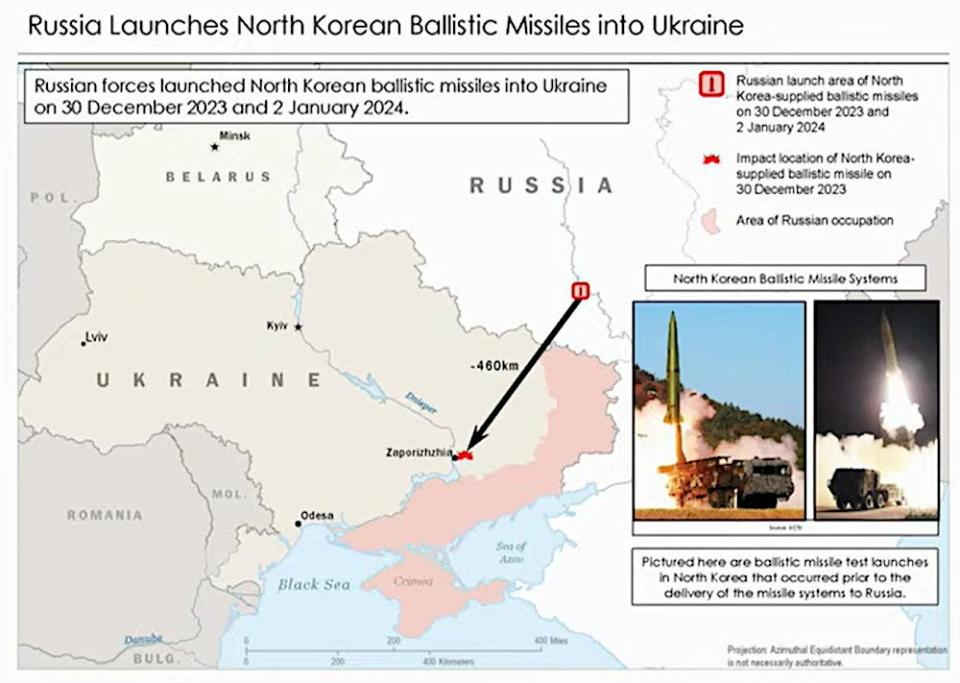
Kirby also spoke to continued concerns that Russia is pushing to acquire additional short-range ballistic missiles from Iran.
"At this time, we do not believe that Iran has delivered close-range ballistic missiles to Russia," Kirby said. "However, the United States is concerned that Russian negotiations to acquire close-range ballistic missiles from Iran are actively advancing."
Close-range ballistic missile is a term the U.S. military uses to describe a subset of short-range ballistic missiles with maximum ranges under 186 miles (300 kilometers).
In October 2022, Reuters reported that Russia had reached a deal with Iran over the purchase of short-range ballistic missiles, as well as drones, citing anonymous Iranian officials. The War Zone previously explored the implications of the introduction of Iranian missiles into the conflict in Ukraine in depth. The Iranian government subsequently backed away from the missile part of that plan, delivering only the drones.
"According to press reporting in September of 2023, Iran's Revolutionary Guard Corps, the IRGC, hosted Russian Defense Minister [Sergei] Shoigu in Iran and showcased ... close-range ballistic missile[s] and other missile systems. This event marked the first public display of ballistic missiles to a senior Russian official visiting Iran since February of 2022," Kirby noted. "More recently, in mid-December [2023], the IRGC Aerospace Force deployed multiple ballistic missile and missile support systems to a training area inside Iran for display to a visiting Russian delegation."
https://www.youtube.com/watch?v=tvKziDRNQlc
Defense Minister Shoigu also visited North Korea last year, where he was shown ballistic missiles and other weapon systems by the country's leader Kim Jong Un himself.
https://www.youtube.com/watch?v=T3zxAHuJPQE
In terms of the North Korean ballistic missiles that Russia has received, Kirby did not name any types, but said that they had maximum ranges of around 550 miles (900 kilometers). The graphic shown at today's press conference also includes images of launches of North Korean missiles known in the West as the KN-23 (a picture of which is seen earlier in this story) and KN-24. Public estimates of the maximum ranges of these missiles are around 435 miles (700 kilometers) and 250 miles (400 kilometers), respectively. North Korea has shown wheeled and tracked transport-erector-launchers for both types.
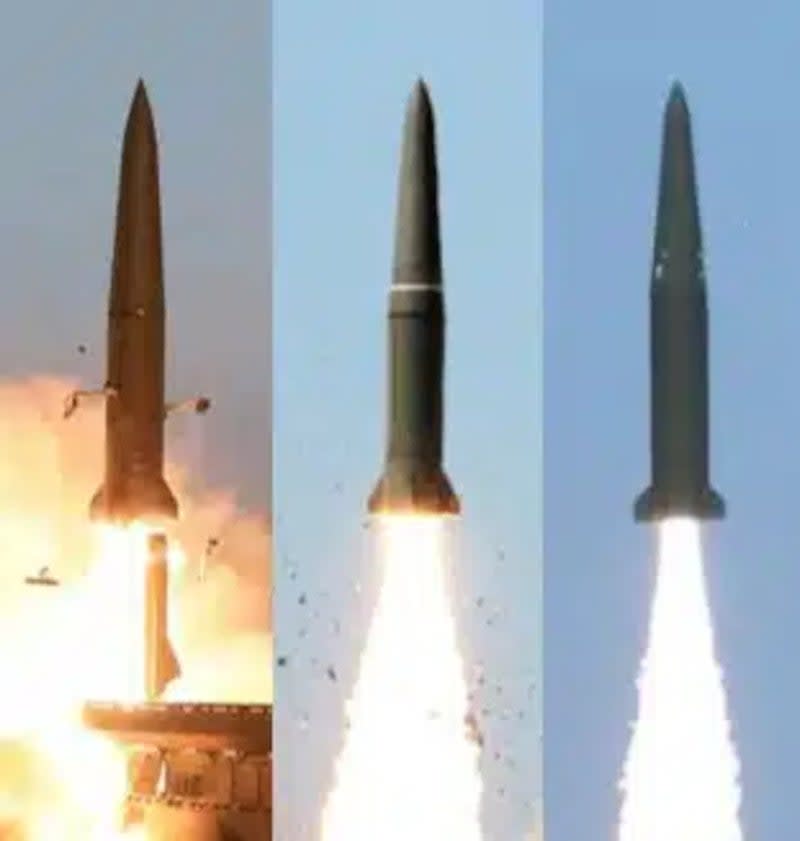
There are known to be multiple variants and derivates of the KN-23 series, as well. North Korea has, of course, produced a range of other ballistic missiles, including multiple short-range types, over the years. The country has also more recently begun fielding very large caliber artillery rockets that have similar flight profiles.
Ukrainian authorities have not previously made any mention of Russian use of North Korean ballistic missiles. Ukraine's Air Force has said that Russia has been using multiple weapons with "ballistic trajectories" since December 30 and that it has intercepted a number of them. These reports mention Russian ground-launched Iskander-M and air-launched Kinzhal short-range ballistic missiles, the latter being a derivative of the former.
https://twitter.com/KpsZSU/status/1742143621921415585
North Korea's KN-23 has a very similar outward appearance to Iskander-M (and by extension Kinhzal) and is believed to have broadly similar overall range and performance. It could be difficult to differentiate between the two in the terminal stage of flight. The KN-24 is much more visually similar to the U.S. Army Tactical Missile System (ATACMS) short-range ballistic missile, examples of which have been supplied to Ukraine.
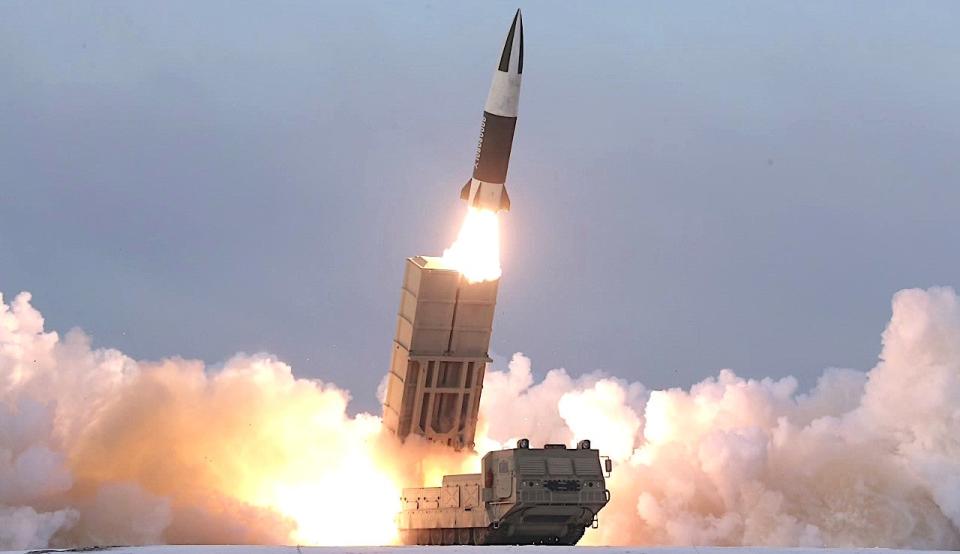
Whatever the case, an influx of North Korean short-range ballistic missiles into Russian hands could be a major problem for Ukraine on a number of levels. For one, there have been consistent reports that Russia's own arsenal of tactical ballistic missiles like Iskander-M have dwindled to mimmum levels since the all-out invasion of Ukraine began in Febraury 2022. North Korea provides a ready source for similar weapons to help replenish those stocks relatively quickly.
This, in turn, would allow Russian forces to step up ballistic missile strikes on Ukraine, which present significant challenges for that country's defenders. Ukrainian forces do claim to be consistently able to shoot down incoming Iskander-Ms/Kinzhals, especially with U.S.-made Patriot surface-to-air missile systems. However, their arsenal of Patriots and other air defense systems with anti-ballistic missile capabilities are still small and are in high demand to respond to a variety of aerial threats. There is an obvious risk of them being overwhelmed by large-volume Russian strikes, including ones actively targeting those air defense systems directly.
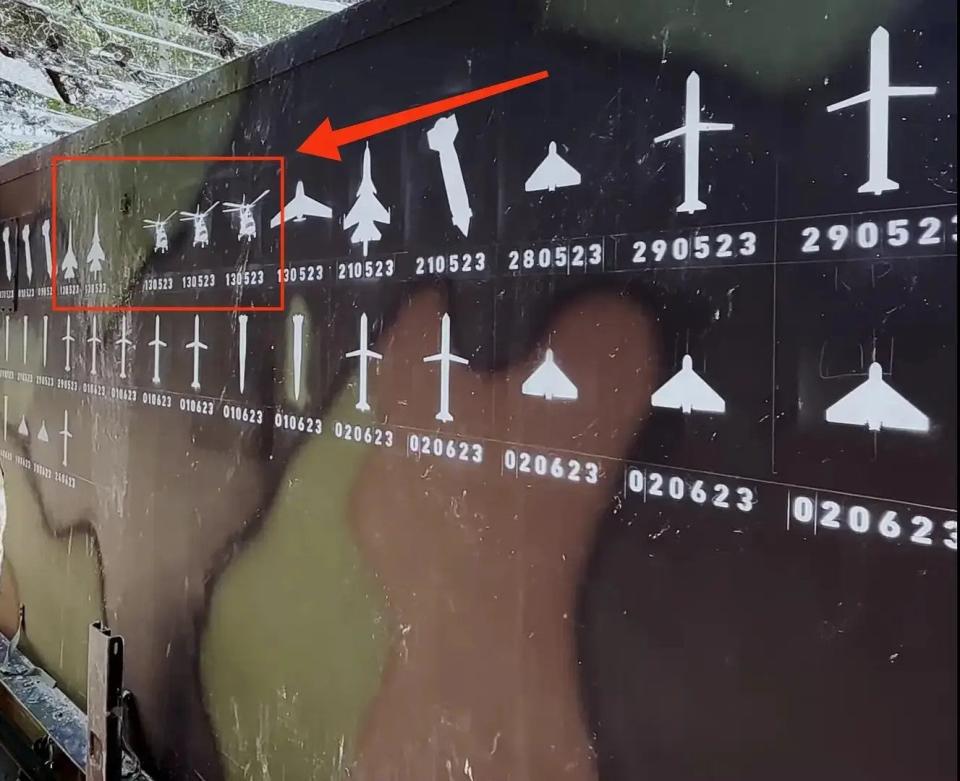
"We expect Russia and North Korea to learn from these launches, and we anticipate that Russia will use additional North Korean missiles to target Ukraine's civilian infrastructure and to kill innocent Ukrainians," NSC spokesperson Kirby noted today. The conflict in Ukraine definitely offers North Korea an opportunity to gain real-world data on how its missiles perform in combat.
These are all issues that The War Zone has previously examined in detail in the context of potential Iranian ballistic missile deliveries, which still appear to be on the horizon and would only compound these challenges for Ukraine.
All of this also now comes amid fears that foreign aid, especially when it comes to higher-end capabilities like Patriot, is drying up. NATO just announced new plans yesterday to help members backfill their own stocks of Patriot interceptors following transfers to Ukraine.
https://twitter.com/DefenceU/status/1738951277474701732
In the United States, U.S. President Joe Biden's administration is currently locked in a battle with members of Congress about approving additional funding for further assistance to Ukraine's armed forces of any kind.
"We have given now Ukraine the last security assistance package that we have funds to support right before New Year's, right after Christmas," NSC spokesperson Kirby said yesterday. "And we've got to get support from Congress so we can continue to do that."
"Ukrainians deserve to know that the American people and this government will continue to stand with them," Kirby added today in direct relation to the discussion about Russia's efforts to bolster its ballistic missile arsenal. "So it's critical that Congress meets this moment and respond by providing Ukraine with what they need to defend themselves."
Altogether, much remains to be seen about the full scale of the impacts of Russia's acquisition of North Korean short-range ballistic missiles and its potential plans to buy additional weapons of this type from Iran. Still, these are already very concerning developments that could present real challenges for Ukrainian forces.
Contact the author: joe@thedrive.com

